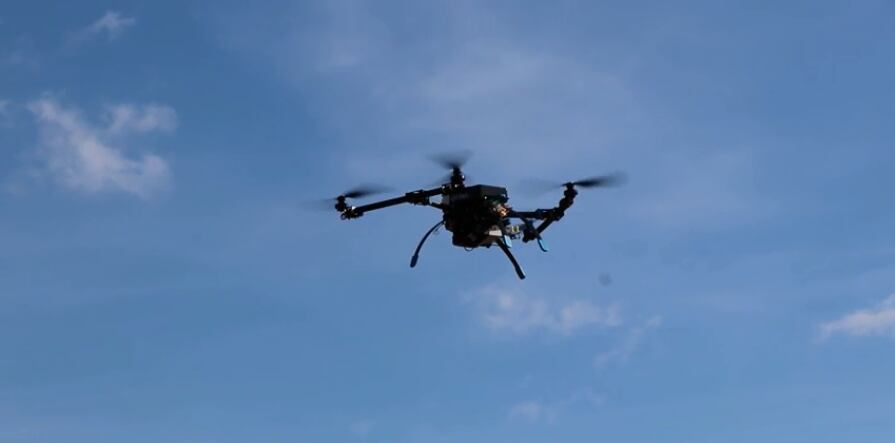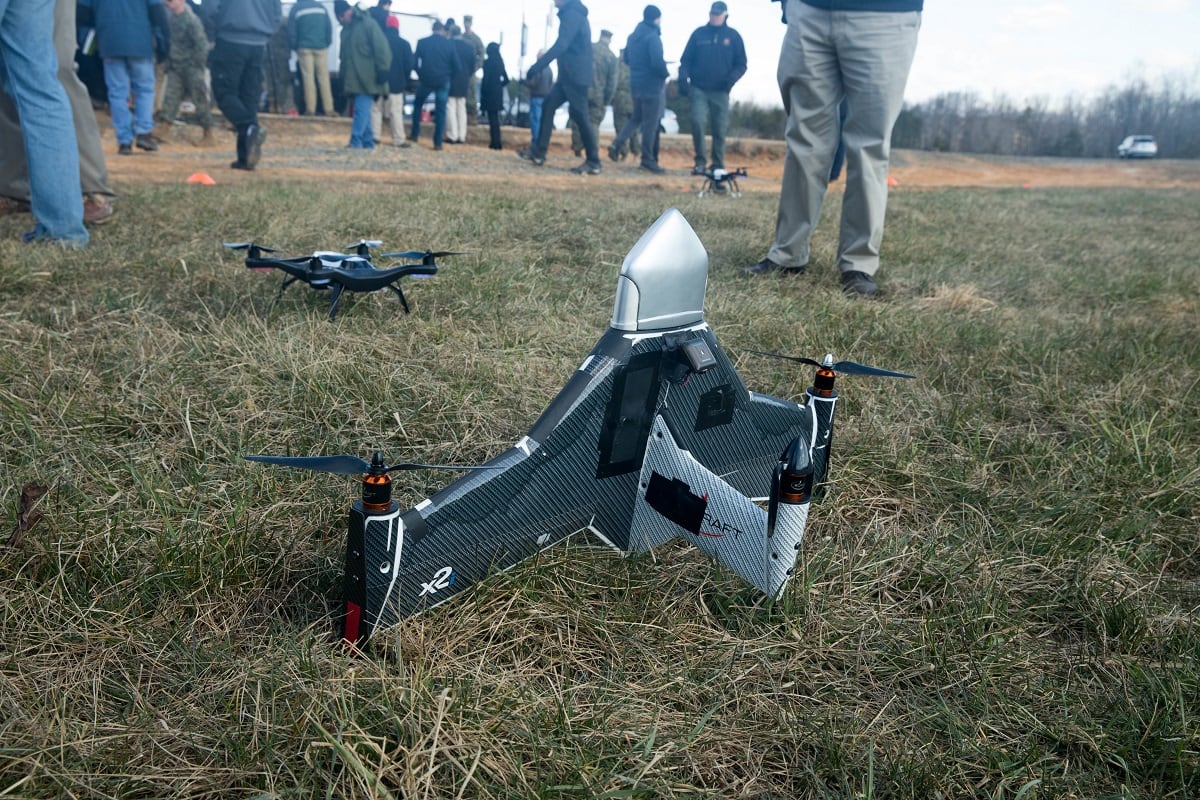While commercial drone delivery services max out most payloads at less than 40 pounds, the Marine Corps is asking for a much larger, more powerful autonomous drone delivery system capable of carrying as much as 500 pounds to Marines at least 10 km away.
A recent request for information posting on the government website FBO.gov by the Marine Corps’ Program Executive Office for Unmanned Aviation and Strike Weapons wants the drone delivery vehicle to weigh no more than 1,320 pounds, fit in a small vehicle and operate day/night in a variety of environmental conditions.
It should take no more than 30 minutes to set up and launch. And it must be operationally ready as early as next year.
RELATED

Researchers want multiple deliveries, so they also expect the recovery and turnaround time to be short. And operators should be able to retrieve the drone either autonomously or manually from near where it was launched.
Some portions of the RFI sounded such as work being done by the Navy-Marine Corps program Next Generation Logistics, or NexLog. The program looks for logistics innovations and held a public event in March at Marine Corps Base Quantico, Virginia, to showcase an automated drone project.
The project, called “Hive Final Mile,” was launched in part by Marine Corps Reserve Maj. Christopher Thobaben, a motor transport officer who works supply chain logistics in his civilian life.

Thobaben’s concept, further developed by a team of researchers and engineers with NexLog, uses algorithms to allow for a hive base of drones to carry items such as MREs, water bottles and small medical equipment on demand to Marines in the field, who have the ability to order items with the push of a button.
The system can also be set to continuously deliver items, for example creating a pile of MREs at a remote base over an hour or so with multiple drones streaming to the site.
The main hub can identify what’s available in nearby hives and resupply the chain as it delivers, and certain supply stocks dwindle.
The major estimated that the system could scale up to “thousands” of drones operating in less than two years of further research and development.
However, Jamie Cosgrove, spokeswoman for the Naval Air Systems Command, said that the current RFI is for existing commercial options to deliver items in the 25- to 500-pound range and is not part of the NexLog program.
Todd South has written about crime, courts, government and the military for multiple publications since 2004 and was named a 2014 Pulitzer finalist for a co-written project on witness intimidation. Todd is a Marine veteran of the Iraq War.



